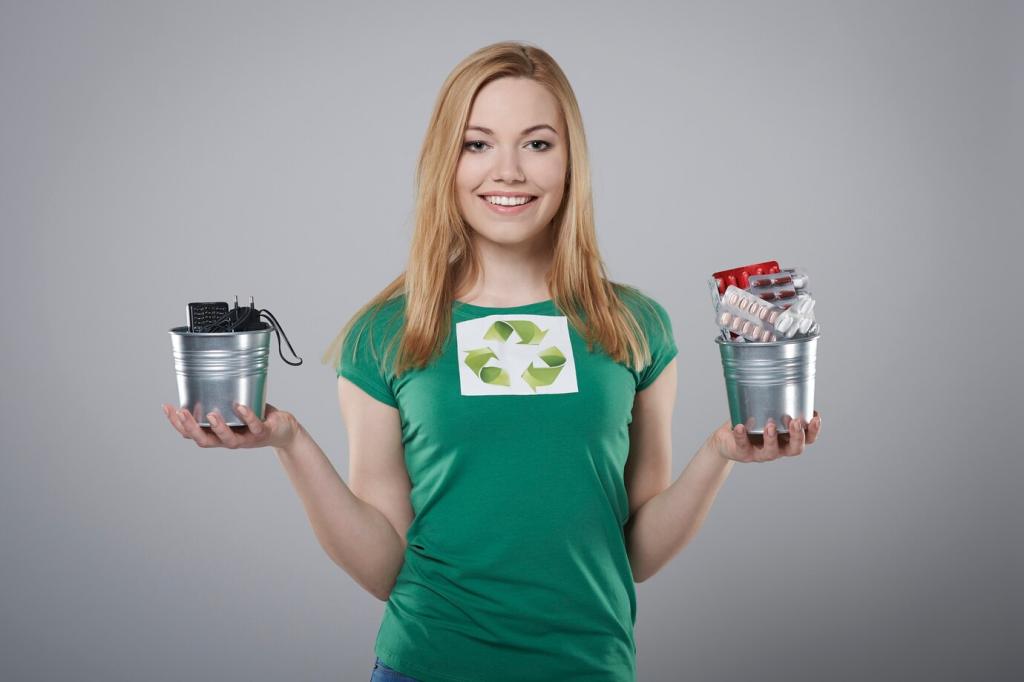Natural Stain Removal Techniques for Fabrics: Simple, Effective, and Kind to Clothes
Chosen theme: Natural Stain Removal Techniques for Fabrics. Explore pantry-powered methods, fiber-savvy tactics, and heartfelt stories that lift stains gently without harsh chemicals. Keep colors bright, textures soft, and memories intact. Share your toughest stain in the comments and subscribe for fresh, practical laundry wisdom.




Red Wine on Tablecloths or Shirts
Blot immediately with a clean cloth—never rub. Flush with cool water from the back of the fabric. Apply a vinegar solution to neutralize tannins, then layer baking soda paste. After ten minutes, rinse thoroughly. If the mark lingers, repeat rather than escalate. Share your success stories and subscribe for more.
Grease and Oil on Denim or Tees
Cover the spot with baking soda or cornstarch to wick out oils. Let it sit at least thirty minutes, then brush off. Dab with a drop of natural soap, rinse cool, and air dry to check progress. Repeat patiently until the sheen disappears. Tell us your favorite pantry trick in the comments.
Grass and Plant Pigments on Sportswear
Start with cool-water blotting, then apply diluted vinegar to disrupt plant-based pigments. For sturdy fabrics, a mild baking soda paste can help lift residue. Rinse patiently between rounds, avoiding heat until the stain is gone. If you’ve cracked a tough grass stain, share your playbook for fellow readers.
Tools and Techniques That Respect Fibers
Blot, Don’t Rub: Pressure, Patience, and Cold Water
Rubbing forces pigments deeper and frays fibers. Instead, apply steady pressure with an absorbent cloth, wicking liquids upward. Flush from the back with cool water to drive particles out, not through. Repeat in short cycles. Progress often happens quietly, with consistent, calm handling and careful observation.
Soft Brushes, Old Toothbrushes, and Microfiber Cloths
Use a soft brush to coax particles from textured weaves, especially cuffs and collars. Old toothbrushes reach seams without shredding threads. Microfiber cloths catch loosened residue efficiently. Keep motions short and light. The goal is controlled lift, never abrasion. Tell us which gentle tool earns your trust.
Soaking Schedules and Rinse Strategies
Short, cool soaks with diluted vinegar or baking soda paste can outperform long, harsh treatments. Rinse thoroughly between layers to prevent redepositing pigments. Air dry briefly to assess progress, since wet fabric appears deceptively clean. Document your steps in a stain diary and subscribe to refine your routine.

Colorfastness, Safety, and Label Wisdom
Test lemon, vinegar, or baking soda on a hidden seam before applying broadly. Watch for dye transfer, fiber fuzzing, or unexpected lightening. Ten minutes can save a favorite shirt. Keep notes so you remember which fabrics thrived, and which demanded extra caution next time a spill happens.
Care labels reveal the temperature ceiling, drying rules, and fiber sensitivities that guide natural treatment choices. If a label warns against soaking, work in quick blot-and-rinse cycles. Respect delicate instructions, then adapt pantry remedies accordingly. Share puzzling labels you’ve seen, and we’ll decode them together.
If the stain begins spreading, colors lift unexpectedly, or fibers feel stressed, stop and reassess. Let the fabric rest, rinse thoroughly, and switch to a gentler approach. A patient reset often succeeds where force fails. Comment with tricky cases, and subscribe for nuanced troubleshooting guides.
Stories from the Laundry Line
My grandmother treated a mysterious yellow ring on a vintage pillowcase with lemon, a whisper of salt, and morning sun. The stain lightened in minutes, then vanished after a cool rinse. That gentle ritual still guides me: test first, go slow, and let nature lend a hand.

